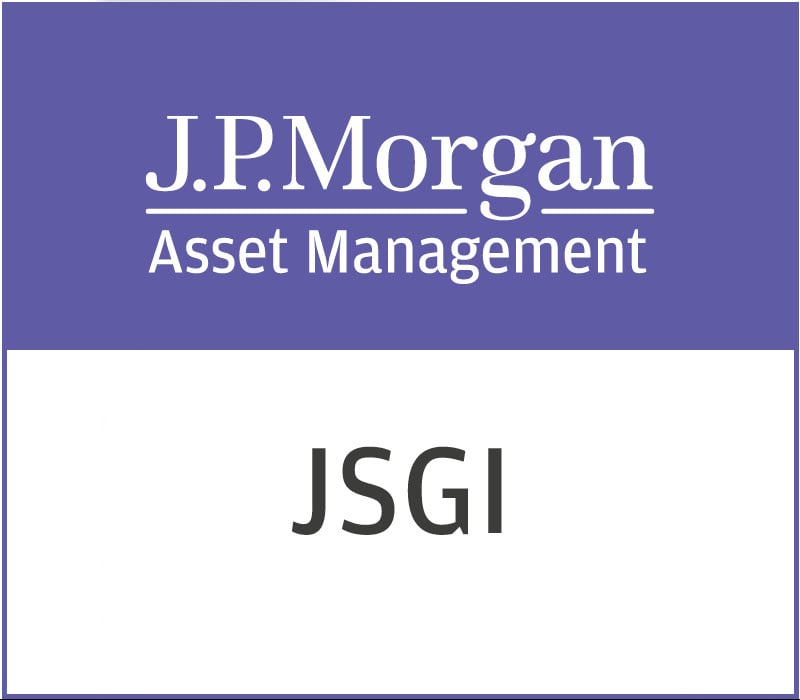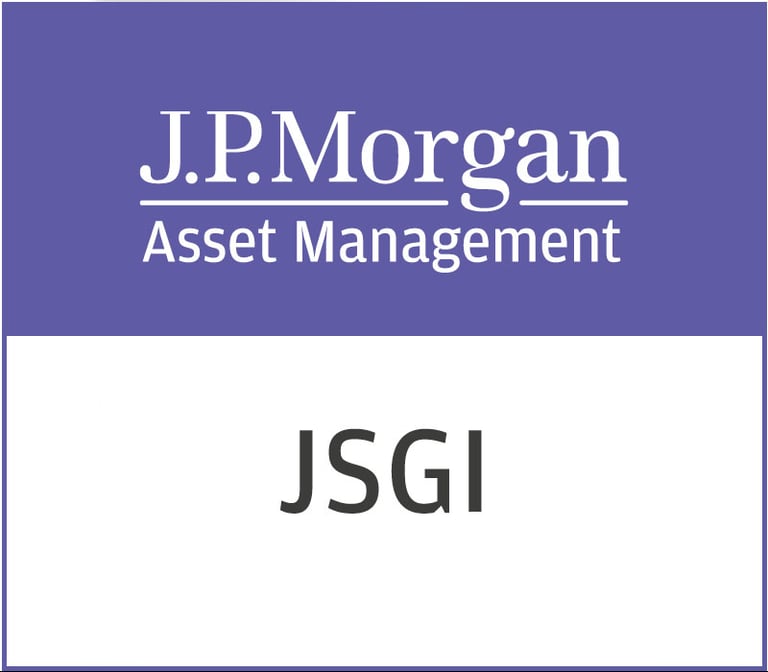Investing in Japan is the hot investment topic with Japan’s equity market Nikkei stock average topping the 40,000 mark for the first time on 4 March 2024.
DirectorsTalk caught up with Alexa Henderson, Non-executive chairman of JPMorgan Japan Small Cap Growth & Income plc (LON:JSGI), to discuss holding shares in JSGI in a stocks and shares ISA. In doing so, investors can utilise their current or their 2024/5 tax year ISA allowance and protect their investment from capital gains or income tax on profits and dividends:
Alexa Henderson commented, ‘The ISA season is almost upon us. With this in mind, it is worth noting that JPMorgan Japan Small Cap Growth & Income (JSGI) has a predictable dividend due to the dividend policy introduced in 2018. That is to say that the company pays dividends equivalent to 1% of NAV per quarter and has an historical yield currently of just over 4%’. After many years of muted performance Japanese equities share prices have finally surpassed levels of last seen over 34 years ago in 1989.
Looking ahead, Alexa noted, ‘our managers have a positive outlook given various factors:
Wage growth, currently driven primarily by large corporates, is expected to persist and have a positive impact on consumption and the overall economy. In addition, structural improvements in corporate governance and balance sheet management witnessed over 2023, are expected to continue. Japanese companies, accounting for 40% of the Prime section of The Tokyo Stock Exchange have created plans to improve their capital allocation and efficiency. We believe it is more important than ever to focus on companies with solid balance sheets that have the flexibility to cope with any macroeconomic environment and where earnings are structurally growing.’
Targeting income without compromising on Japanese growth opportunities JPMorgan Japan Small Cap Growth & Income plc (LON:JSGI) gives investors access to a diverse and fast-growing sector managed by local managers. The Trust offers a regular quarterly income by paying a higher dividend funded part by capital reserves as well as revenue returns.






































